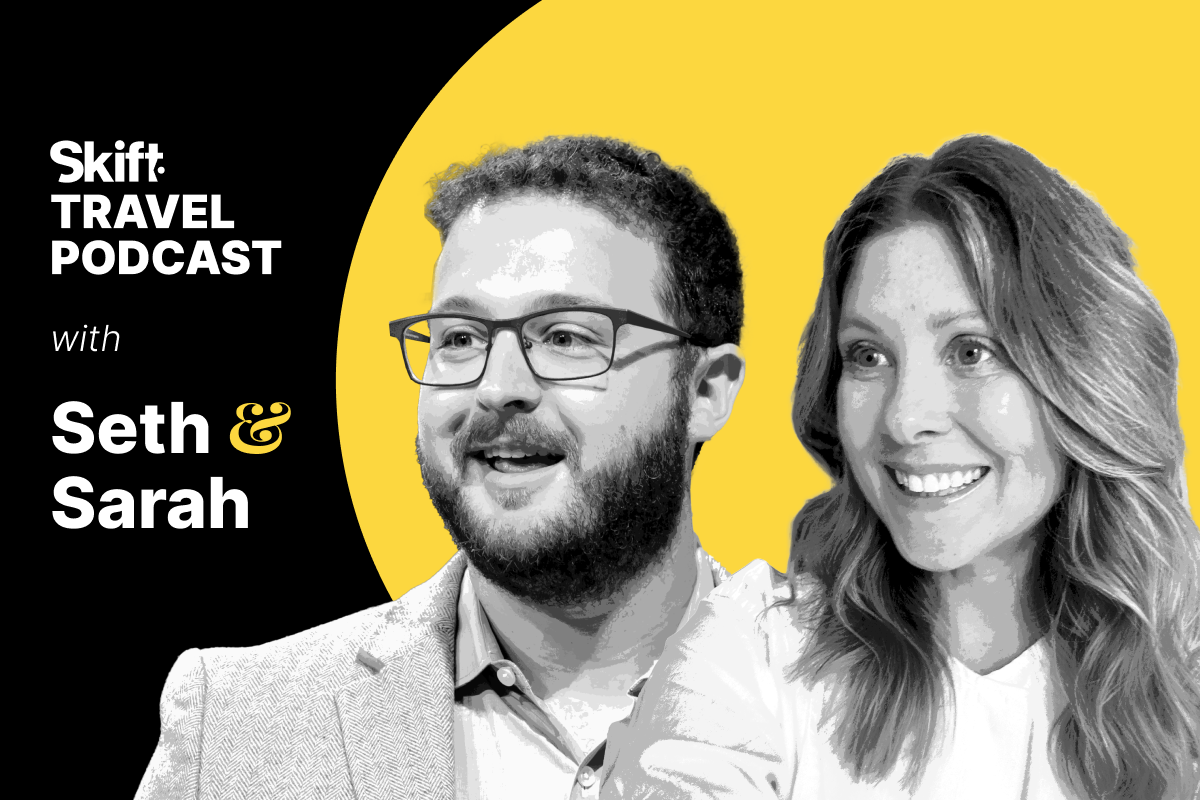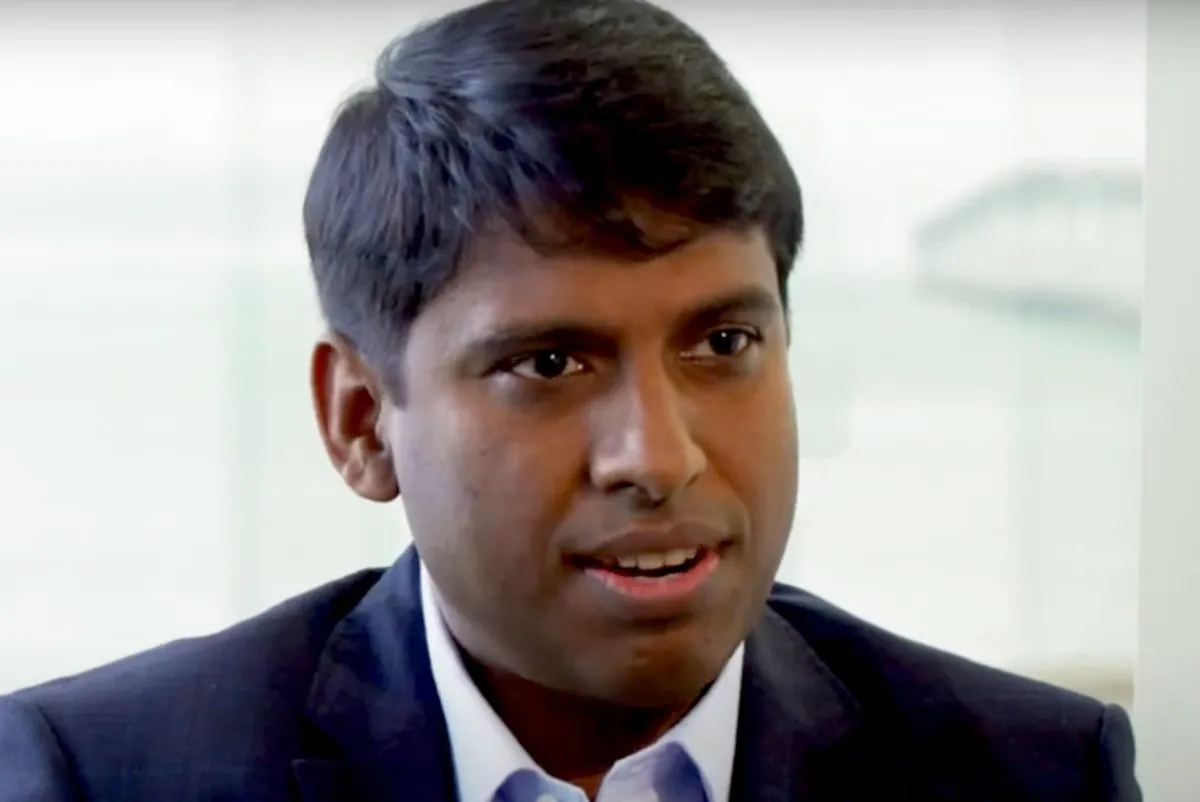The Manifesto for a New Generation of Meetings and Conventions

Skift Take
Every sector in the tourism industry has an updated strategic road map for the future aligned with modern day travel, digital, and business trends.
Except the meetings and conventions sector.
Hospitality, for example, has clearly shifted toward delivering on the demand for local, lifestyle, and design-driven travel. Tour operators and travel agents have reworked their business models to better customize services to the individual traveler seeking authentic culture. The cruise industry continues its push in the direction of higher luxury and experiential travel. Unsexy as it is, corporate travel and the online booking platforms continually refine their product and service offerings in terms of ease of use. Even aviation, the most commoditized of the bunch, has vastly improved efficiencies.
More recently, destination marketing organizations (DMOs) are rallying around the direction provided by Destination Marketing Association International's (DMAI) DestinationNEXT research, launched in full in 2015, to increase their relevance and impact.
But there is really no big game plan in business events today from an industry-wide perspective.
Every year, the major meetings industry organizations and other events industry players publish their annual meetings trend lists, but those all have a micro, compartmentalized perspective. The future of business events is not about Airbnb, Millennials, event tech, social media, short booking windows, moveable seating, or gluten-free banquets — at least not in terms of an overarching strategic mission.
So what is the macro, long-term vision for conventions? And how can cities, industry stakeholders, and conference organizers work together to design and implement that? What might that look like in the form of a new meetings industry manifesto?
Based on trends emerging among the most innovative cities and next generation conferences worldwide, one potential framework revolves around: Community, Collaboration, and Content.
Thinking about the big picture, those three pillars can be integrated to provide meeting design solutions to deliver on the business goals of meeting owners, the professional goals of attendees, and the legacy impact for host destinations.
As individual themes, those three pillars are nothing new. But together, and in that order, they offer the foundation for a new strategic road map in the meetings industry that's both relevant in today's digital economy and scalable for all event budgets and sizes.
Expanded, that framework looks something like:
#1 Community / The Network Effect: The rise of public-private partnerships are helping stakeholders share data and resources to expand the destination's inventory of potential convention participants, sponsors, exhibitors and experiences.
#2 Collaboration / The Value Proposition: The big shift here is about packaging and promoting destinations above and beyond their meetings infrastructure, and expanding on that to deliver local knowledge and creative industry expertise, academic research, and business sector intelligence to drive added value for everyone.
#3 Content / Digital Engagement: The rise of mobile and digital brand storytelling is exploding today to help destinations, venues and planners more clearly define their value proposition and their events' messaging on an ongoing basis for larger global audiences.
Skift has looked at all of those pieces numerous times on an individual basis over the past few years, some of which has been culled together below. The goal here is to bring all of that together for an executive summary that provides a unified and succinct vision for the future of large business events.
In one sentence: The future of conferences is about expanding community networks to provide a more interdisciplinary field of thought leaders; activating that community to collaborate more strategically with meeting professionals; and building digital content platforms that leverage the collective knowledge of all communities associated with any given event.
Community: The Network Effect
"Network effect" relates to the exponential rise in the value of communities as their networks grow. When Alison Wynne Best took over as CEO of Visit Oakland in 2012, she said, "Tourism had never been valued in Oakland, and we’re a good size destination. The city didn’t understand it. The chamber didn't understand it. The teams didn’t understand it. The airport probably understood it but they weren’t working with the DMO."
To change that, Best started meeting with every stakeholder in the city to explain her mission to align the city in a common purpose to drive visitation to Oakland, with a significant portion of that including conference business.
"You always hear how you should be at the table," she said. "We really feel in Oakland that we sort of had to build the table, and then we’ve actually invited people to our table, which has caused a stir for some people who’ve been doing their jobs for 20 years…. It’s ruffled some feathers, but I think we’ve done it in a way that has gained a lot of credibility."
That is an extreme example of a once broken DMO, but it shows the value of network building as the first step toward citywide business tourism development.
In 2014, hotel ADR (average daily rate) in Oakland jumped 11% over 2013, and hotel occupancy rose 4% to 79% overall. And in 2015, Visit Oakland, the city council, and the area hotels agreed on a new Tourism Business Improvement District (TBID) assessment fee resulting in $1.6 million in new funds to promote the city to visitors.
Likewise, the CEOs of both the Philadelphia CVB and Destination Cleveland emphasized to Skift recently that the success of their public-private partnerships and their commitment to engaging local citizens was among the deciding factors that helped win their respective political conventions.
In the private sector, Jake Orville, CEO of Cleveland HeartLab, explained the overall spirit of community building in the city that helps attract medical meetings. When doctors ask him for a behind-the-scenes tour of the Cleveland Clinic, for example, Orville told us, "I'll say, 'Sure, of course.' There are things that doctors want that they never ask for. I mean, if you go to Boston, who would you even ask for a behind-the-scenes tour of Harvard Partners? Here it’s just easy, and I can give you a hundred different analogies like that.”
In Canada, Tourism Vancouver is building niche citywide networks with area restaurants by developing a structured sustainable food and beverage program, which it can then deliver in a turnkey package to planners for dine-arounds.
“It’s really an element of a much larger sort of package for the city,” said Gwendal Castellan, tourism energy specialist for Tourism Vancouver. “Just by itself, it’s not a driver. It may not bring you to the city but it’s certainly going to contribute to your experience while you’re here, and your desire to come back.”
This commitment to expanding networks isn't just happening in first-tier destinations. Brenda Myers, president and CEO of Hamilton County Tourism, described to Skift how her DMO and Hamilton County Economic Development share the same office and different resources. The two departments work together to collect and disseminate data on all of the stakeholder businesses affiliated with industry sectors that meet in the destination.
“We need to be more than marketing," said Myers. "We need to be a business intelligence center, so that’s why we decided to work very, very closely together. We are awash in data, and we need some way to take that information and make it relevant and meaningful for people in our target markets."
So what is the value of that for interested conference organizers?
“Now we’re much more attractive to meeting planners because we have a better understanding of our business climate, so it’s not just about the hotel rooms anymore," Myers explained. "It’s about the content that we can connect them with. It’s all about content. It’s all about context, and we’re getting better and better at that. That is very much the new marketplace.”
Collaboration: The Value Proposition
The rising role of data to align destination stakeholders around empirical information is making a growing impact throughout the DMO sector. Data is the basis for decisions behind activating the community to create strategic collaborations.
The age-old call for destinations to collaborate more closely to attract more conventions has always bumped up against internal politics among tourism and business entities with vested interests in maintaining the status quo. Based on that long and pervasive tradition, DMAI's DestinationNEXT program includes an assessment tool for all city stakeholders that helps cut through those politics by providing a starting point for conversation based on empirical crowdsourced data.
Now, leaders of the public and private sectors in any community can participate in an online survey to plot how everyone agrees and disagrees about the effectiveness of their destination to attract convention business. Meaning, destinations now have a clear-cut overview of where the participants need to collaborate to improve the strength of the destination in terms of infrastructure, business readiness, performance, and community support.
"It gives a lot of different stakeholders data in a very unbiased way to be able to make decisions," Don Welsh, the new CEO of DMAI, told Skift. "Mostly, I think DestinationNEXT de-mystifies everything. I think all of the sudden when you get hard data, you get to know more or less how your destination compares with another, and you can marry that with some of the work that we’ll be doing more aggressively on the advocacy and research side."
Public and private entities collaborate in other ways, as well.
Last month, Tourism Vancouver unveiled a new video celebrating the 20-year anniversary of its Ambassador Host program, highlighting how community members in advanced industry help attract conventions in their specific field. While this type of collaboration has been around for decades, many destinations around the world are now developing that much more strategically and robustly, and they're branding it better for the meeting planner end user.
“Ambassadors are always up to date on the latest research in their fields, so they’re also a direct resource for us to keep up with the trends in each sector,” said Aileen Crawford, head of conventions at the Glasgow City Marketing Bureau. “So for us it’s about being smarter about what’s happening across our sectors, recognizing when there’s new world-class research, and plugging that in with conferences in that sector.”
Melbourne in Australia defines, brands and markets their ability to activate the entire city, its community leaders, and its industry ambassadors to support large events as: "The Melbourne Effect."
“Here we’ve got all of this intelligence infrastructure in our city, but what does Melbourne have that we can own in that space and connect our identity on?" asked Karen Bolinger, CEO of the Melbourne Convention Bureau. She told us, "So we talk a lot about the transformative nature of the city and the legacies your conference will leave, and how the community gets behind that and embraces it.”
The data is now coming in to show the growing interest in this type of collaboration among meeting professionals. According to this Convene poll in September 2015: 53% of planners said that access to local intellectual capital is a competitive advantage for the host destinations they’re considering.
Collaboration between DMOs and their city's economic development agencies is another big trend to add value for meeting planners.
Myers told Skift, “We recognized in our community in the last decade that we needed to be working in economic development and both educating ourselves on our part to understand that world, and working with our communities and helping them understand that we could help make a difference in that area.”
When DMOs collaborate more closely with local business development organizations to combine resources, the impact of that extends well beyond the tourism supply chain. It adds new layers to the value proposition of the destination for conference delegates.
In California for example, Sonoma County Tourism was created in partnership with Sonoma County Wine Growers and Sonoma County Vintners. As such, the responsibilities for tourism promotion are inextricably linked with the business interests of both the agricultural industry and the winemaker community.
So when Sonoma promotes itself to meeting planners, it does so with the actual people helping create the local destination experience for event attendees. “We created a unique partnership unlike anywhere else in the world,” said Kenneth Fischang, president and CEO of Sonoma County Tourism. “It’s been enormously successful, and we have a lot of clout with elected officials because they’re not just dealing with tourism."
Another example of that is the collaboration between tourism and economic development in Florida's Space Coast to drive space tourism and attract advanced industry talent.
Content: Digital Engagement
The German Convention Bureau has been at the forefront of working with local ambassadors and economic development to add value for meeting planners. It's also innovative in terms of the comprehensive content surrounding the Germany: Success Through Expertise campaign.
Content is the big online growth opportunity now for destinations to showcase their communities of potential event collaborators. It's how DMOs are now branding their destinations for meeting professionals.
To be successful in today’s global marketplace, destinations need leadership and management to not only deliver remarkable physical experiences, but to create and deliver a uniquely compelling brand essence that manifests at each visitor engagement point.”
For example, Marketing Manchester, which is part of the Manchester Growth Company that includes economic development, promotes the destination's MBassadors online. Similarly, Rotterdam Partners combines economic development and the Rotterdam Knowledge Ambassadors network, with extensive content focusing on the overall value proposition for event planners.
Last month, London & Partners launched a new report called: The Capital of Cutting Edge, designed to illustrate the tangible benefits for planners around the city’s ability to deliver sector-specific expertise in technology, medicine, retail, and creative industries.
Again, the concept is not entirely new. The high-profile branding of it is.
Here are more samples of DMO content targeting planners. In 2015, Experience Columbus partnered with the Columbus 2020 economic development organization to create the LifeInCbus.com site to promote the city's creative community to corporations outside the state. The portal is a content aggregator that pulls both social media content using the #lifeincbus hashtag and blog content from Columbus’ various lifestyle blogs. The DMO also just launched a new website with a meeting planner blog.
Also last year, Visit Salt Lake introduced the new There's Nothing To Do In Salt Lake website, full of lifestyle activities for conference delgates. “We’re talking directly to meeting planners who have the misperception that there’s nothing to do in Salt Lake," said Eric Thompson, VP of marketing at Visit Salt Lake.
Monterey County in California recently upgraded its new meetings landing page to parallel the leisure side with the same emphasis on quality video and written content. Last year, the meetings site featured a static image of businessmen wearing suits and standing barefoot on the beach. That 1980's-style content was replaced with live video and high-energy lifestyle content supporting meetings-specific information.
Los Angeles' new Meet L.A. set a new standard for DMO meetings content platforms, with extensive information focusing on the different neighborhoods around Los Angeles, and some of the most creative venues in each.
“This website is our main communication tool with consumers, and we’ve put a lot of money into the consumer site and won a lot of awards," said Darren Green, SVP, sales, Los Angeles Tourism & Convention Board. “So we said let’s shift our focus to the meeting planner, but with the full understanding that what they look for is different than the leisure traveler or the corporate traveler. Meet L.A. is reintroducing L.A. to the meeting planner.”
Cathy Tull, senior VP of marketing for Las Vegas Convention & Visitors Authority, told Skift that more and more planners are asking the LVCVA to help drive attendance to their conferences by developing destination content to attract delegates.
Tull is overseeing the development of the 10-minute Unconventional meetings-themed videos, which have been well-received to date by planners. The new Las Vegas VIVA content platform is also supplying destination content to the VegasMeansBusiness.com meetings website.
“We did a focus group with meeting professionals talking about what they need from us," she said. "The conversation was really around attendance, attendance promotion, and how do we help them be successful in Vegas? What we found in that conversation was, a lot of things they want are on this Viva content hub. That's what's going to drive people to attend their conference in Vegas, so we're here to help push that out and make sure that people are excited to come. One of the best ways to do that is through this whole idea of content and content hubs.”
Content increases the value of community and collaboration for a greater audience, but none of this happens without identifying and building community networks first that can be integrated into large meetings and conventions.
The challenges that Visit Oakland incurred in 2012 are seizing the engines of growth in destinations worldwide when it comes to developing convention business. The above is a first attempt to provide a systematic strategy framework for the future of destination meetings.




